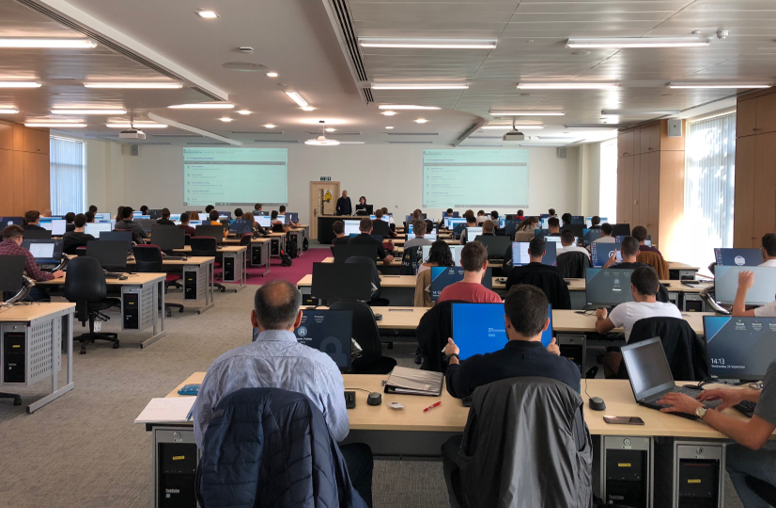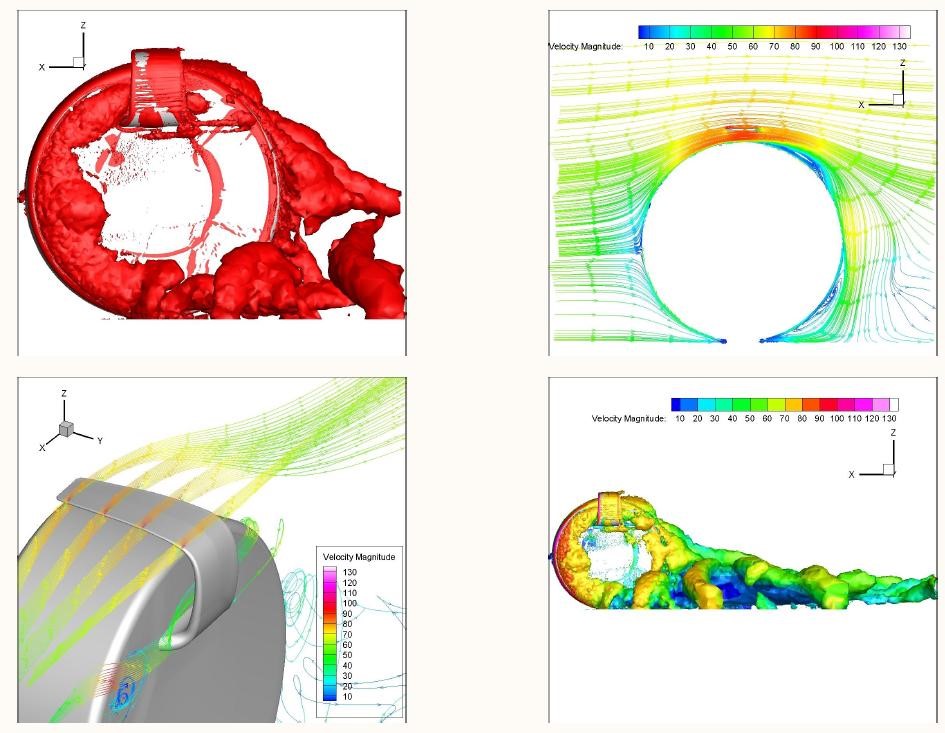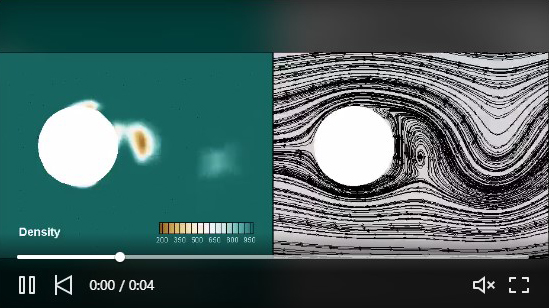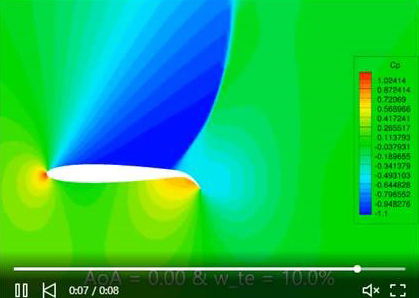Group Project Experience for Computational Fluid Dynamics MSc students
04/06/2020

Our CFD MSc students have successfully presented and submitted their Group Projects. When the students started their GP’s in February, no-one anticipated the exceptional circumstances involving COVID-19. During the past few weeks several students had moved back to their countries, they faced unprecedented circumstances including lockdown, but they were all very determined. Cranfield University provided every possible facility to the students returning to their homes, and to the students who stayed on campus, so that they could successfully complete.
Our Group Project creates a virtual consultancy environment by bringing together students from various backgrounds to solve an industrial problem. Each group of students work together on a different thematic project, related to a fluid problem encounter in industry. There are three themes: aerospace, automotive and energy.
Presentations were held online, students globally from Mexico to Croatia joined and each group presented their work to the examiners on time and to exceptional quality. Here are a couple of examples of the brilliant efforts put in by our students – well done to the CFD MSc class of 2019/2020!

Design and CFD Analysis of Camber Morphing Airfoils in Transonic Regime, Jesus Miguel Sanchez Gil
It has been a stimulating journey where I could learn more in depth about Compressible Simulators and apply it to this concept of the morphing airfoil. These results for optimal design would not have been possible without the collaboration of my team colleagues who have demonstrated great motivation and enthusiasm throughout the course of the project. We aim to publish this project in a scientific article.”
Study of Cavitating Flow Behind a Bluff Body, Jason Ong
I am delighted to showcase some of the research that myself and my colleagues have been working on over the past few months. This animation shows the alternating jet formation that causes cavitating vortex streets as documented by Arpad Fay in 1967.
The animation on the left side depicts the density field that characterises the bubble formation since the void fraction is a function of the liquid density, while the one of the right shows the streamline visualisation of the vortex structures generated. The re-entrant jet causes cavity breakoff on a periodic basis as it slides under cavity zones in a direction that is opposite to that of the localised flow field.

Find out more about Computational Fluid Dynamics MSc course
Categories & Tags:
Leave a comment on this post:
You might also like…
Keren Tuv: My Cranfield experience studying Renewable Energy
Hello, my name is Keren, I am from London, UK, and I am studying Renewable Energy MSc. My journey to discovering Cranfield University began when I first decided to return to academia to pursue ...
3D Metal Manufacturing in space: A look into the future
David Rico Sierra, Research Fellow in Additive Manufacturing, was recently involved in an exciting project to manufacture parts using 3D printers in space. Here he reflects on his time working with Airbus in Toulouse… ...
A Legacy of Courage: From India to Britain, Three Generations Find Their Home
My story begins with my grandfather, who plucked up the courage to travel aboard at the age of 22 and start a new life in the UK. I don’t think he would have thought that ...
Cranfield to JLR: mastering mechatronics for a dream career
My name is Jerin Tom, and in 2023 I graduated from Cranfield with an MSc in Automotive Mechatronics. Originally from India, I've always been fascinated by the world of automobiles. Why Cranfield and the ...
Bringing the vision of advanced air mobility closer to reality
Experts at Cranfield University led by Professor Antonios Tsourdos, Head of the Autonomous and Cyber-Physical Systems Centre, are part of the Air Mobility Ecosystem Consortium (AMEC), which aims to demonstrate the commercial and operational ...
Using grey literature in your research: A short guide
As you research and write your thesis, you might come across, or be looking for, ‘grey literature’. This is quite simply material that is either unpublished, or published but not in a commercial form. Types ...







